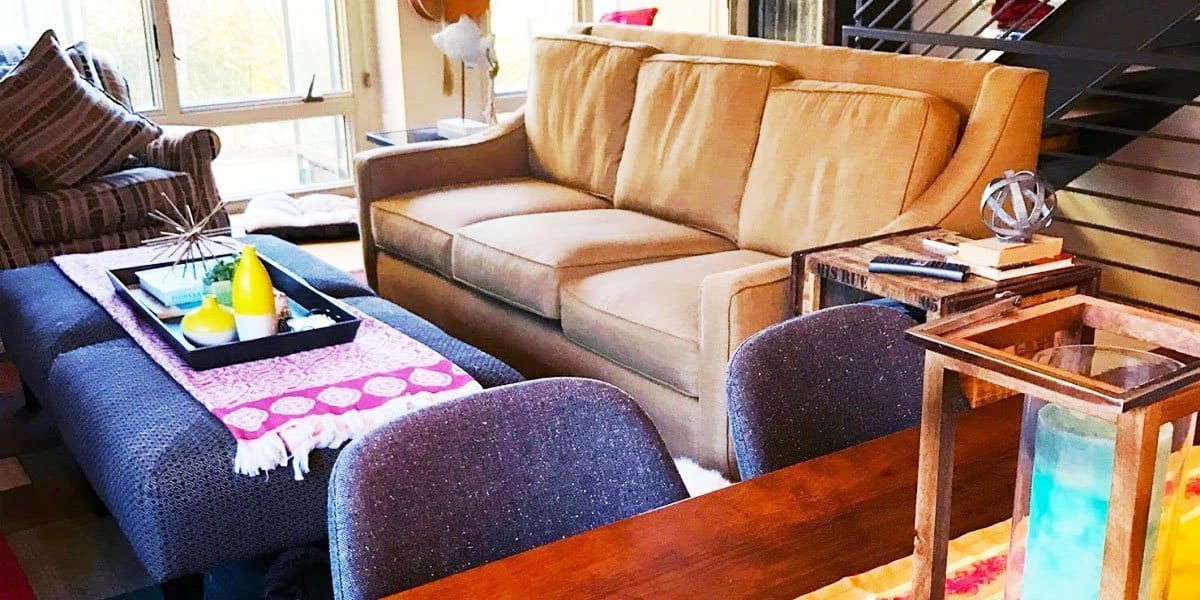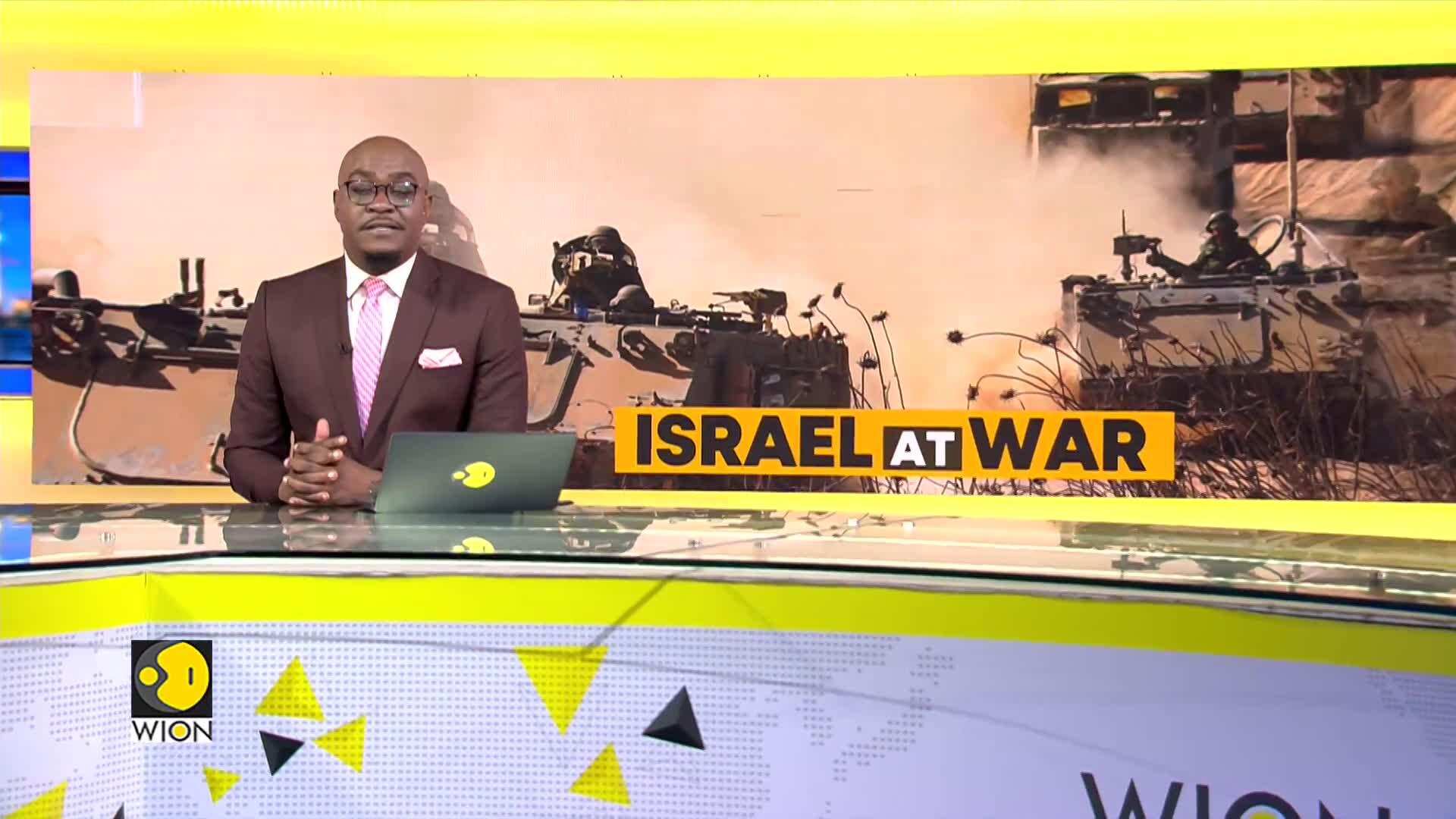30 Days To Minimalism: A Practical Guide To Decluttering

Table of Contents
Week 1: Assessing and Planning Your Minimalist Journey
Before diving into the active decluttering process, it's crucial to lay a solid foundation. This first week focuses on understanding your motivations and creating a strategic plan for your 30-day declutter plan.
Understanding Your "Why": Defining your minimalist goals and motivations
What drives your desire for a simpler life? Identifying your "why" is the cornerstone of a successful 30-day minimalism challenge.
- Identify what truly matters to you: What are your core values? What brings you joy and fulfillment? Focusing on these aspects will help you determine which possessions align with your priorities and which can be released.
- Define your personal definition of minimalism: Minimalism isn't about deprivation; it's about intentionality. Define what minimalism means to you. Does it mean owning fewer clothes, reducing digital distractions, or something else entirely?
- Set realistic expectations: Don't aim for perfection overnight. A 30-day minimalism challenge is a journey, not a race. Set achievable daily or weekly decluttering goals, and celebrate your progress along the way. Avoid setting unrealistic expectations for yourself which may lead to frustration.
The Power of Inventory: Taking stock of your belongings
Before you start discarding items, you need to know what you have. Conducting a thorough home inventory is a vital step in your minimalist journey.
- Room-by-room inventory: Systematically go through each room, documenting your possessions. Consider using categories like clothing, books, kitchenware, etc., for easy organization of your decluttering inventory.
- Using apps or spreadsheets for tracking: Several apps and spreadsheet templates can streamline the inventory process. This digital record can be invaluable throughout your 30-day minimalism challenge.
- Taking photos before starting: This helps you visualize your progress and helps you track the volume of items you've successfully decluttered from your home.
Creating a Decluttering Plan: Setting a realistic schedule for the 30-day challenge
With your inventory complete, it's time to develop a decluttering schedule.
- Daily or weekly targets: Decide whether you'll focus on a specific area each day or tackle a larger section each week. A realistic approach is key to success with your weekly decluttering plan.
- Focusing on one area at a time: Avoid feeling overwhelmed by tackling your entire home simultaneously. Concentrate on one room or category at a time.
- Building in flexibility: Life happens! Your 30-day declutter plan should accommodate unexpected events.
Week 2-3: The Active Decluttering Phase
This is where the real work begins! This phase focuses on actively decluttering your belongings using effective strategies and managing sentimental items.
The 20/20 Rule and Other Decluttering Methods: Effective strategies for letting go of possessions
Several methods can help you make decisive decisions about your belongings.
- The 20/20 rule: If you haven't used an item in 20 days and it costs less than $20, consider getting rid of it. This is a great starting point for your decluttering methods.
- The one-in-one-out rule: For every new item you bring into your home, remove an old one. This prevents future clutter accumulation.
- The KonMari method: This popular method encourages you to keep only items that "spark joy."
Dealing with Sentimental Items: Tips for decluttering emotional attachments
Sentimental items can be the most challenging to declutter.
- Taking photos: Preserve memories by taking pictures of sentimental items before letting them go.
- Creating a memory box: Choose a few truly meaningful items to keep in a designated "memory box."
- Giving items to loved ones: If an item holds significance for someone else, consider gifting it to them.
- Donating to charity: Donating items you no longer need is a rewarding way to declutter while supporting a good cause.
Organizing and Storage Solutions: Maximizing space and maintaining order
Decluttering is only half the battle; organizing is crucial for maintaining a minimalist lifestyle.
- Using vertical space: Shelves, drawers, and wall-mounted organizers can maximize storage in a smaller footprint.
- Utilizing storage containers: Clear, labeled containers help keep items organized and prevent clutter from building up. This is essential for space-saving solutions.
- Digital decluttering: Don't forget to declutter your digital space—delete unnecessary files, unsubscribe from unwanted emails, and organize your digital photos.
Week 4: Maintaining Your Minimalist Lifestyle
The final week focuses on strategies to prevent clutter buildup and celebrate your accomplishments.
Preventing Clutter Buildup: Strategies for long-term minimalism
Maintaining a minimalist lifestyle requires ongoing effort.
- Practicing mindful shopping: Before making a purchase, ask yourself if you truly need the item and if it aligns with your minimalist goals. This is crucial for sustainable minimalism.
- Donating regularly: Regularly donate or sell items you no longer use to prevent clutter accumulation.
- Regularly reviewing possessions: Periodically reassess your belongings to ensure they still serve a purpose and spark joy. This will be essential to your long-term minimalism.
Celebrating Your Success: Reflecting on your journey and setting future goals
Take time to acknowledge your achievements!
- Reviewing progress: Reflect on how far you've come in your 30-day minimalism challenge.
- Acknowledging achievements: Celebrate your successes and acknowledge the positive changes in your life.
- Setting new minimalist goals: Use this experience as a springboard to set new goals for maintaining and deepening your minimalist lifestyle. This is key to achieving minimalism.
Conclusion: Sustaining Your Minimalist Lifestyle Beyond 30 Days
This 30-day minimalism challenge has provided you with the tools and strategies to declutter your home and embark on a simpler, more intentional life. Remember the importance of planning, utilizing effective decluttering methods, and implementing long-term maintenance strategies to prevent future clutter. Embrace the benefits of a minimalist lifestyle: reduced stress, improved focus, and increased freedom.
Start your 30-day minimalism challenge today and experience the transformative power of decluttering! Share your journey with us using #30daystominimalism.

Featured Posts
-
 Cassidy Hutchinson Key Witness To Plan Memoir On January 6th Hearings
May 31, 2025
Cassidy Hutchinson Key Witness To Plan Memoir On January 6th Hearings
May 31, 2025 -
 Canadian Wildfires Smoke Impacts Us As Province Experiences Unprecedented Evacuation
May 31, 2025
Canadian Wildfires Smoke Impacts Us As Province Experiences Unprecedented Evacuation
May 31, 2025 -
 Flin Flon Wildfires Force Hudbay Minerals Staff Evacuation
May 31, 2025
Flin Flon Wildfires Force Hudbay Minerals Staff Evacuation
May 31, 2025 -
 Real Estate Market Collapse Analyzing Crisis Level Home Sales Data
May 31, 2025
Real Estate Market Collapse Analyzing Crisis Level Home Sales Data
May 31, 2025 -
 U S Economic Slowdown 0 2 Shrinkage Reflects Lower Spending And Tariff Impacts
May 31, 2025
U S Economic Slowdown 0 2 Shrinkage Reflects Lower Spending And Tariff Impacts
May 31, 2025
